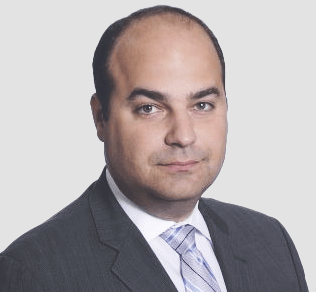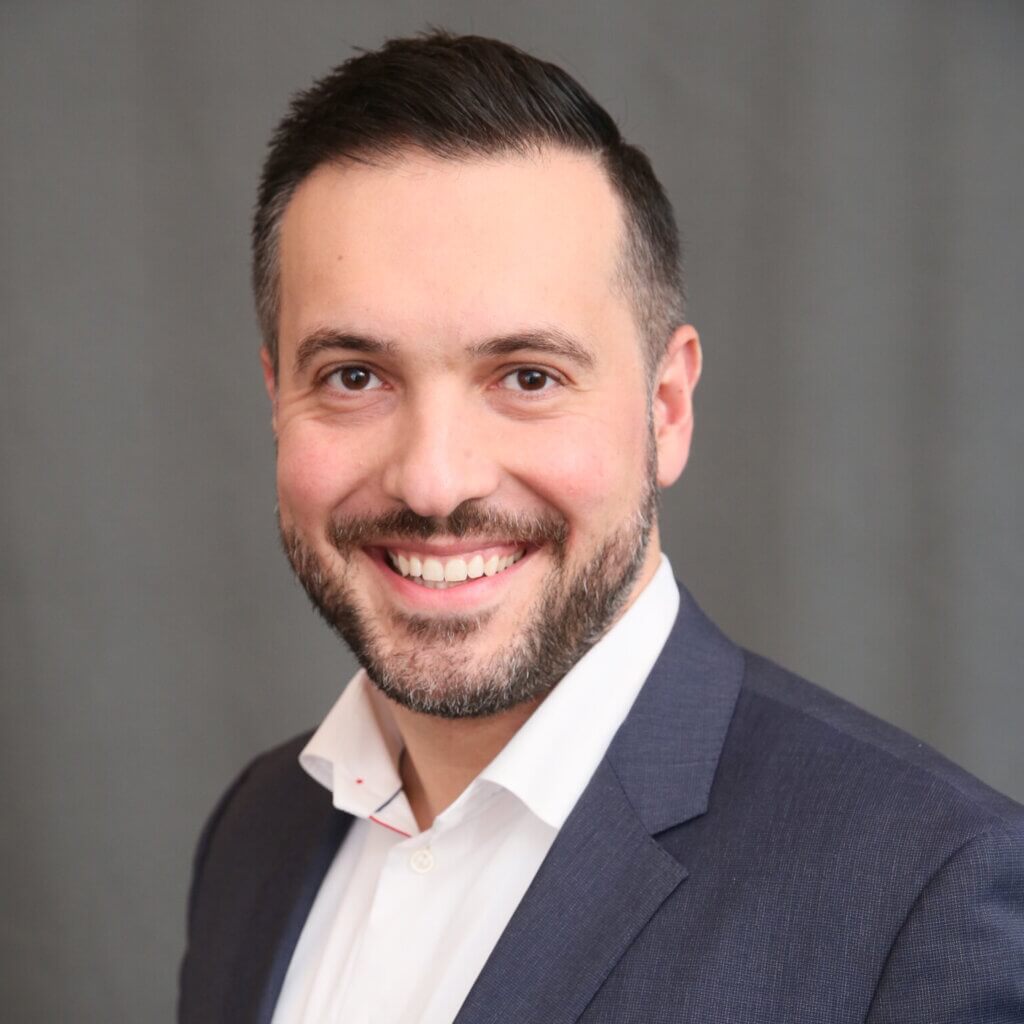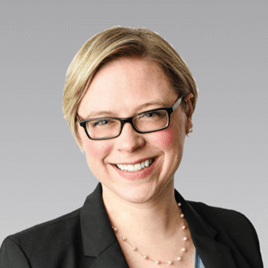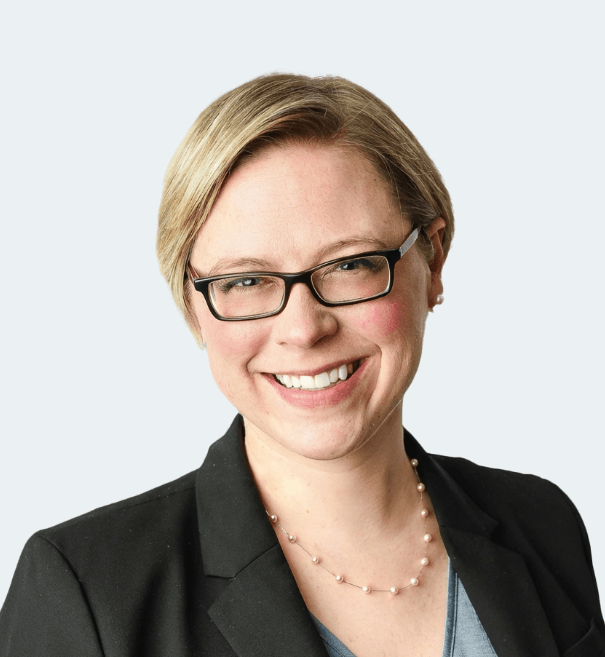
Private-equity firms don’t lose time because they lack expertise; they lose time due to internal fragmentation and disconnected processes their fund administration partners. When data sits in separate systems, reconciliation becomes routine, and insight comes too late. Investors ask for real-time visibility; regulators, investors, and internal stakeholders demand audit trails; CFOs and COOs must deliver both.
At Alter Domus, our goal is to help clients operate with absolute confidence in their data and processes – enabling faster decisions, stronger investor trust, and greater operational efficiency. We do this by connecting every stage of fund administration into one coherent digital ecosystem streamlining every process. Our integrated architecture unites accounting, workflow automation, reporting, and investor-facing platforms in a single, auditable framework.
Clients benefit from a continuous, validated data flow that enhances accuracy, accelerates reporting, and builds confidence across every stakeholder —from fund controllers to limited partners.
Data Integrity That Powers Decision-Making
Accurate decisions start with clean data. Alter Domus integrates accounting and investor data directly into its architecture, validating each transaction and synchronizing ledgers in real time across entities, currencies, and GAAP standards. CFOs gain instant visibility into true positions and can sign off with confidence.
Clients benefit from complete, audit-ready accuracy that removes reconciliation overhead and transforms financial control into strategic agility.
Technical detail and benefits:
- Real-time ledger validation—detects anomalies before period close, cutting manual corrections.
- Automated multi-GAAP consolidation – delivers consistent reporting across global structures.
- Unified reporting schema—links fund, SPV, and investor data to support combined reporting, improving clarity and reducing manual compilation work.
- ILPA-aligned reporting outputs—supports industry-standard formats for smoother submissions and auditor collaboration.
Intelligent Workflows That Reduce Risk
Every delay, email, or version error adds cost and risk. Alter Domus’ Workflow Platform replaces fragmented task management with rule-based automation that standardizes every recurring process—capital calls, distributions, investor transfers, fund-of-fund commitments, and period-end reporting.
Clients benefit from predictable, transparent processes and the ability to trace ownership and progress in real time. Workflows cut turnaround times, improve accuracy, and support continuous auditability across global teams.
Technical detail and benefits:
- Configurable workflow logic with automated routing—ensures approvals follow defined rules and reduces exceptions.
- Timestamped audit trails and SLA dashboards—provide measurable accountability for internal and outsourced teams.
- Automated data hand-offs—remove manual entry and reduce operational risk.
- Integrated document approval layer—captures rationale and sign-off history for regulators and auditors.
Unified Client Experience Through CorPro
Operational transparency is no longer optional. The CorPro Portal, Alter Domus’ proprietary client and investor portal unites workflow visibility, reporting, and investor communications within one secure environment. Dashboards show live KPIs and workflow status; the Investor Relations Hub centralizes notices and correspondence; and the Document Library stores version-controlled reports with multi-factor authentication.
Clients benefit from a single, branded digital interface that replaces fragmented communication with real-time collaboration and secure document sharing—improving responsiveness and consistency across every relationship.
Technical detail and benefits:
- Modular design (Investor Hub, Client Dashboard, Portfolio Manager, Document Library)—scales to firm complexity.
- Role-based access controls—protect sensitive investor and transaction data.
- Embedded API links to accounting and reporting engines—keeps dashboards live and eliminates lag.
- Centralized notification system—alerts teams to new deliverables or pending approvals instantly.
Reporting You Can Trust – ReportPro
Reporting is where operational excellence meets investor scrutiny. ReportPro, Alter Domus’ proprietary web-based reporting application, automates every step of the production cycle—drafting, validation, review, and release—directly from the accounting layer. Financial statements, capital account statements, and distribution notices are built with auto-footing, version tracking, and PDF-compare tools, allowing managers and auditors to collaborate securely in one space.
Clients benefit from faster cycles, zero-version confusion, and full traceability from source data to investor-ready report.
Technical detail and benefits:
- Auto-footing and validation rules—remove manual spreadsheet checks.
- Two-factor authentication and user-based rights—secure sensitive documents during review.
- PDF-compare and version logs—provide instant visibility of changes for audit comfort.
- Direct posting to CorPro—ensures investors receive approved documents immediately and securely.
Waterfall Governance, GP Carry, and Forecasting
Waterfall and carry calculations are too critical and too complex to rely on spreadsheets. Alter Domus’ dedicated waterfall and carry governance engine provides structured, auditable logic that ensures accuracy and consistency across funds and vintages.
Technical detail and benefits:
- Automated waterfall calculations — reduce model risk, all data stored on-system.
- Scenario analysis and forecasting — supports forward-looking portfolio planning
- Centralized rule library — ensures consistent application across all funds.
Treasury Operations and Liquidity Management
Treasury functions must be both precise and nimble. Through your Treasury Management System, Alter Domus enables secure, controlled cash-movement workflows that integrate with a range of third-party systems, including accounting and reporting platforms.
Technical detail and benefits:
- Centralized access to bank accounts across multiple banking relationships within a single, secure platform login.
- Automated cash-position visibility—reduces liquidity blind spots
- Embedded approval controls—ensure compliant payment execution
- Consolidated cash-movement reporting—enhances transparency for CFOs and auditors
The Power of an Integrated Digital Ecosystem
Our technology stack is not a collection of tools — it is a connected ecosystem. By linking accounting, workflow automation, investor communications, reporting engines, treasury management, and waterfall governance into one architecture, Alter Domus transforms historically manual processes into an efficient, end-to-end digital operating model.
Clients gain:
- Real-time visibility
- Fewer handoffs
- Faster reporting cycles
- Audit-ready transparency
- A consistent experience across every touchpoint
This is operational equity — powered by purpose-built technology and delivered through deep private-markets expertise.
Transparent, Digital Investor Experience
Investors demand immediacy, clarity, and trust. Alter Domus’ CorPro Investor Portal delivers a modern interface that mirrors the GP’s internal data. LPs access dashboards showing NAV, commitments, and distributions; the Document Centre for historical statements; Onboarding modules for KYC/AML, and a Marketing Data Room for diligence materials.
Clients benefit from a professional, self-service investor experience that reduces queries, accelerates fundraising, and strengthens relationships.
Technical detail and benefits:
- Real-time dashboards—give LPs instant insight into fund performance and cash flows.
- Automated content alerts—notify investors when new reports are posted, increasing engagement.
- Secure document storage and encryption—safeguards confidential LP information.
- Integrated onboarding workflow—simplifies compliance checks and investor onboarding cycles.
Continuous Data Flow. Continuous Confidence.
Alter Domus’ architecture maintains end-to-end data lineage— with every data point traceable from transaction entry to investor report. APIs synchronize each module, ensuring continuous updates and analytics across accounting, workflow, reporting, and investor layers. The system scales effortlessly across outsourcing, co-sourcing, or lift-out models.
Clients benefit from consistent governance, reduced reconciliation cost, and a digital backbone ready for advanced analytics, ESG integration, and AI-driven insights.
Technical detail and benefits:
- Bi-directional APIs—enable live synchronization with client environments.
- Configurable data warehouse—supports advanced analytics without disrupting core systems.
- Metadata lineage tracking—ensures every report references validated, traceable data.
- Multi-jurisdiction framework—maintains consistency for global structures under varied regulatory regimes.
Turning Operational Precision into Performance
Alter Domus converts integration into impact. CFOs gain real-time control over fund financials and faster audit clearance. COOs run standardized, compliant operations that scale globally without losing visibility. Investor-relations teams deliver data and documents instantly, enhancing engagement. LPs receive timely, reliable information—strengthening trust and reducing due diligence cycles.
Clients benefit from a unified operating model that reduces risk, accelerates growth, and creates measurable operational alpha. Powered by more than 2,000 dedicated private equity professionals, we reinforce each operational process with deep expertise, strengthened further by advanced technology.
By blending industry-standard accounting engines with proprietary automation and digital portals, Alter Domus gives private equity managers a platform built not just for administration, but for advantage.




















